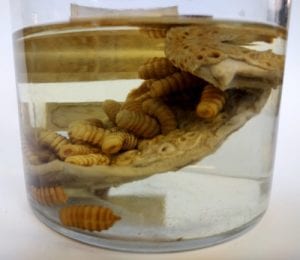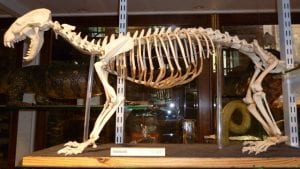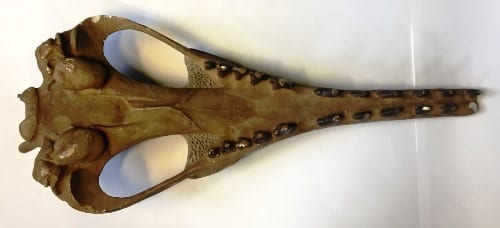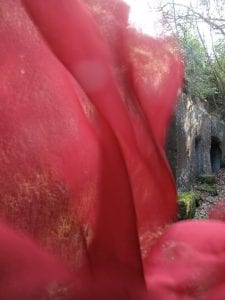Underwhelming Fossil Fish of the Month March 2017
By Mark Carnall, on 31 March 2017
It’s the end of March which means only one thing. Well it means many things but in the specific context of this monthly series that explores the underwhelmingest of fossil fish, which to be honest is most fossil fish, from the collection at the Grant Museum of Zoology it means its time for a new one.
But don’t confuse this perfunctory progress of the seconds, minutes, hours, days and months as an excuse for any kind of celebration. That’s not what we’re here for. Instead we are here to review a not-very-interesting fossil fish, unloved by all but the most…. no, just unloved by all. Why might we do this? Well as the French say, “C’est la fin des haricots”.
So without further ado, as the Germans say, “Wer weiß, warum die Gänse barfuß gehen”.
 Close
Close







